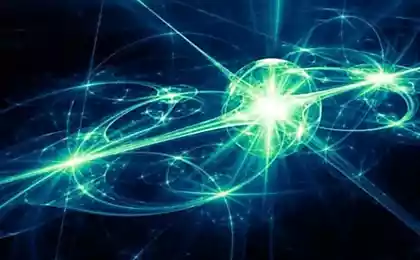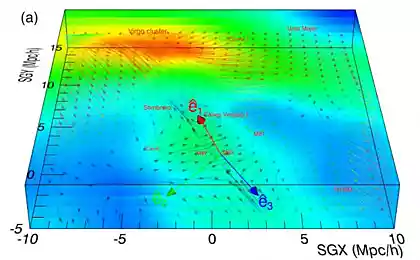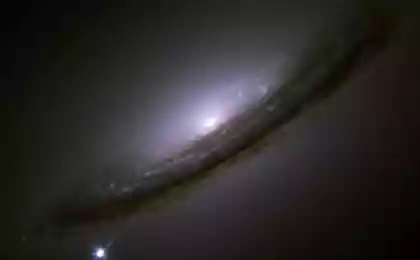719
Dark matter: the scientists were even fewer understand the nature of dark matter

A few galactic clusters i>
In the new study, astronomers NASA and ESA have studied the data obtained using the Hubble Space Telescope and observatories Chandra X-ray. Data allowed to consider in detail the 72 collision of galaxy clusters, and figure out how to behave in this dark matter. It turned out that this mysterious substance is practically not only interacts with ordinary matter, but even to herself.
Dark matter can not be observed by conventional means - it does not interact with electromagnetic radiation, has no effect on the light passing through it. It looks like it has only the gravitational effect on ordinary matter - the one, that consist gas and dust clouds, stars, and planets.
In a collision of galaxy clusters gas clouds "cling" to each other, stretched, and sometimes stop in place, "snarling". Stars, on the contrary, mostly fly past each other, as the distance between them is enormous. They rarely encounter.
One would expect that the dark matter, the mass of which exceeds several times the mass of the "visible" matter, will work the way it does matter. Even if it is composed of particles Nonbaryonic, they should interact with each other. But nothing like this has not been fixed. Clusters of dark matter just passed through each other.
And it can not be attributed to the same reason why the stars collide with each other often. In the case of most of the stars of the space is empty. A density of dark matter should be much more. Her particles in such collisions must take place in close proximity to each other. This suggests only one conclusion - almost dark matter does not interact with anything, even to herself.
Now scientists want to study carefully the collision of individual galaxies, which occur relatively often. Such "Collider" galactic scale will enable them to weed out some of their theories about the nature of dark matter - or create new ones.
Source: geektimes.ru/post/248024/























